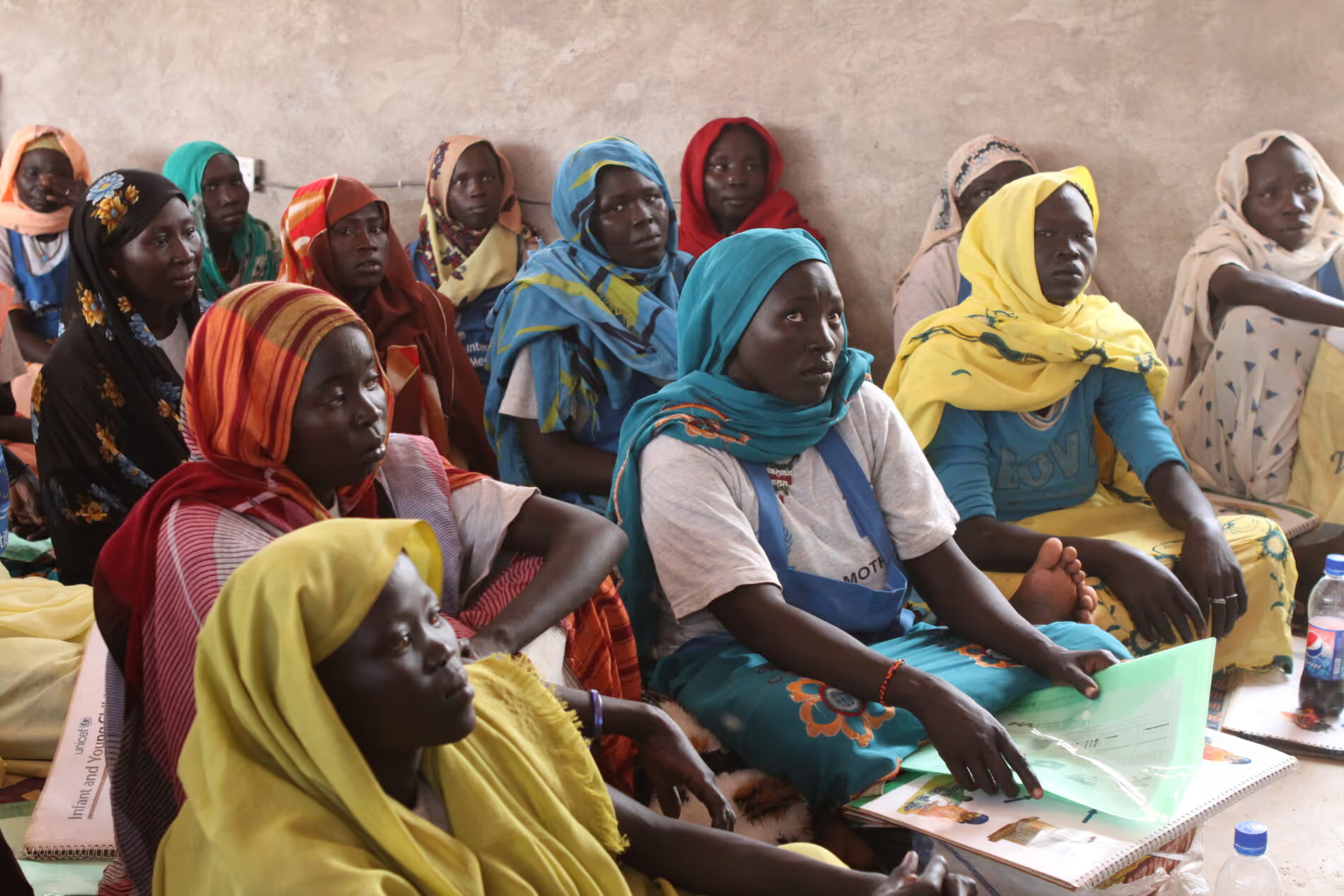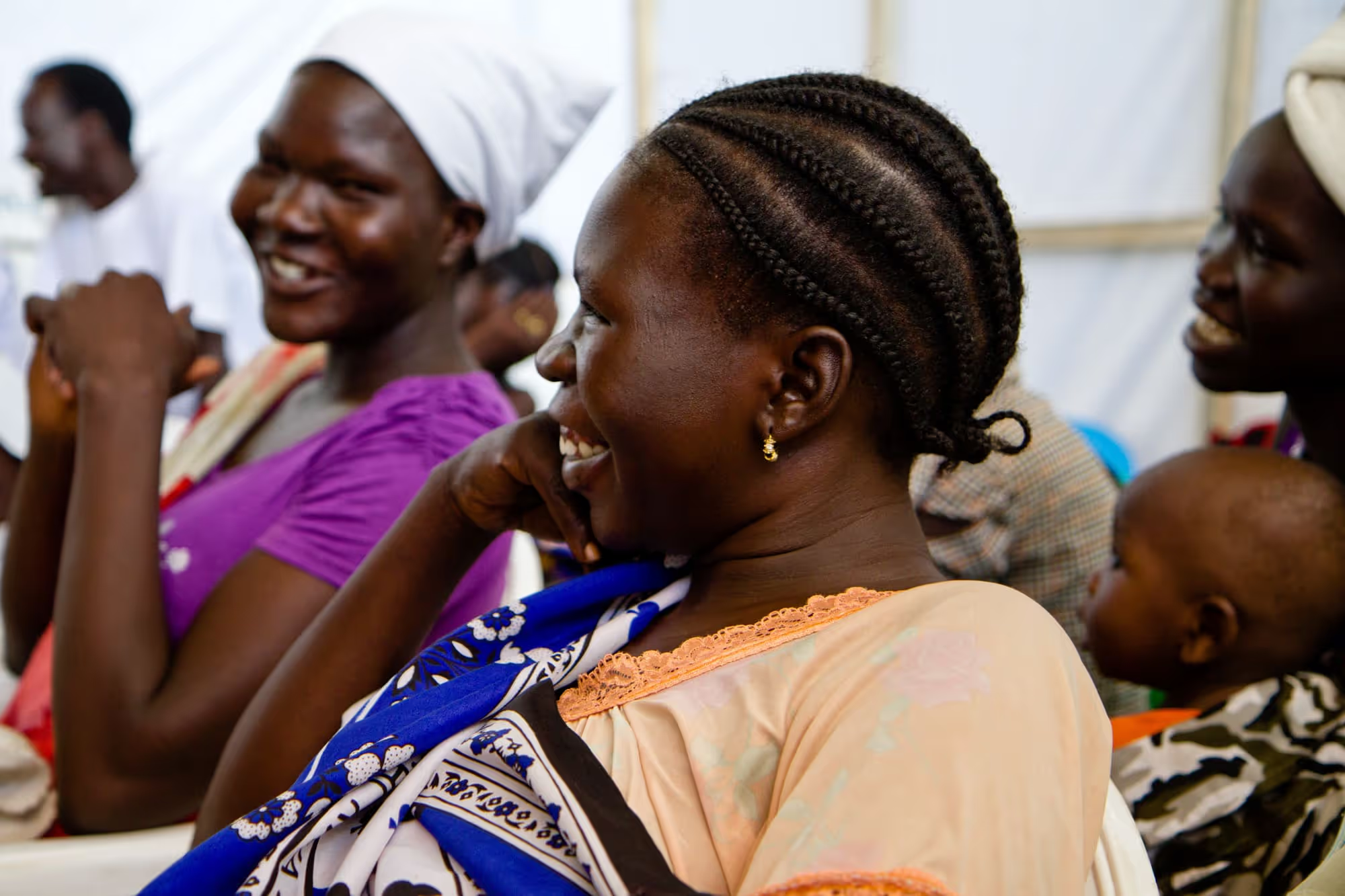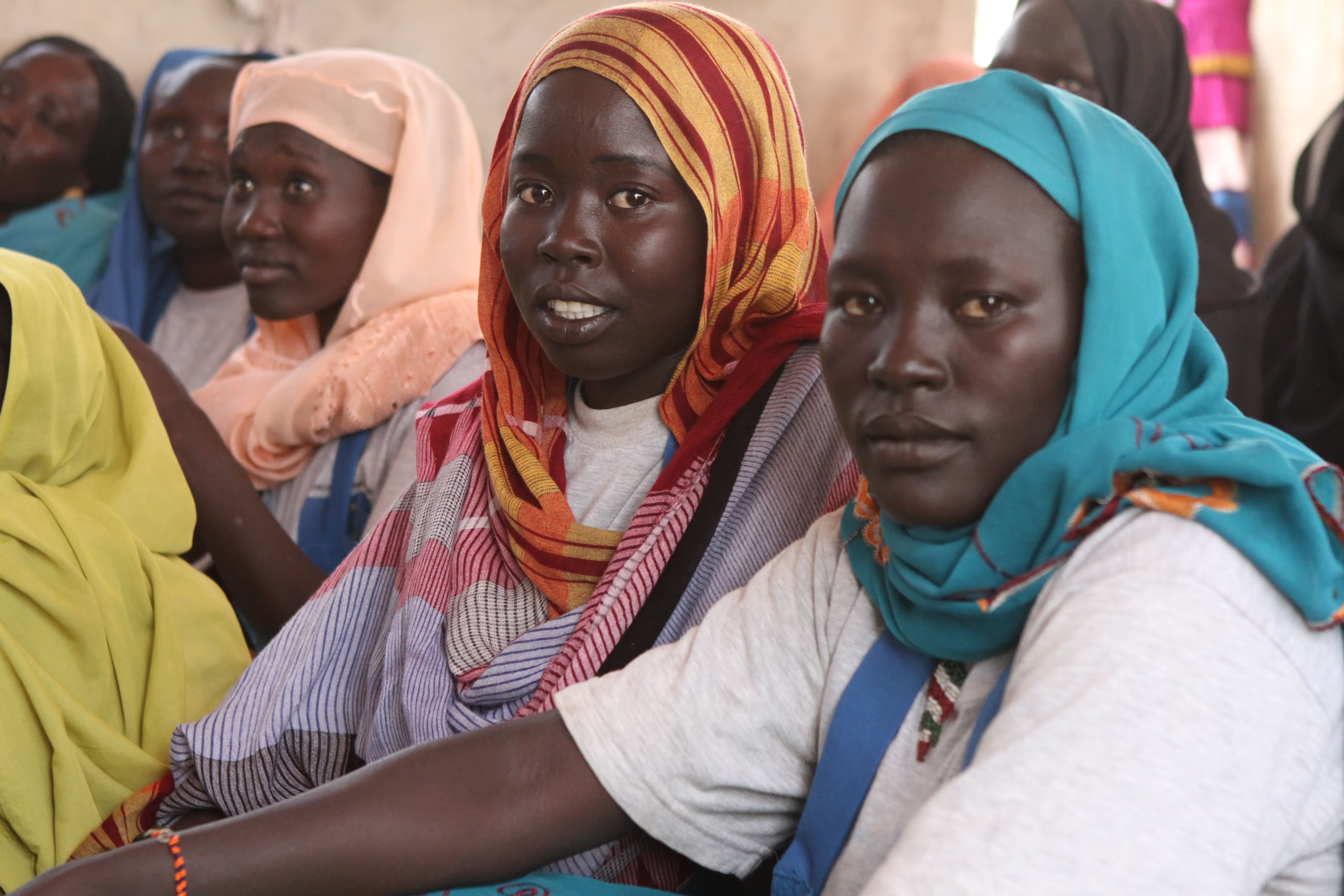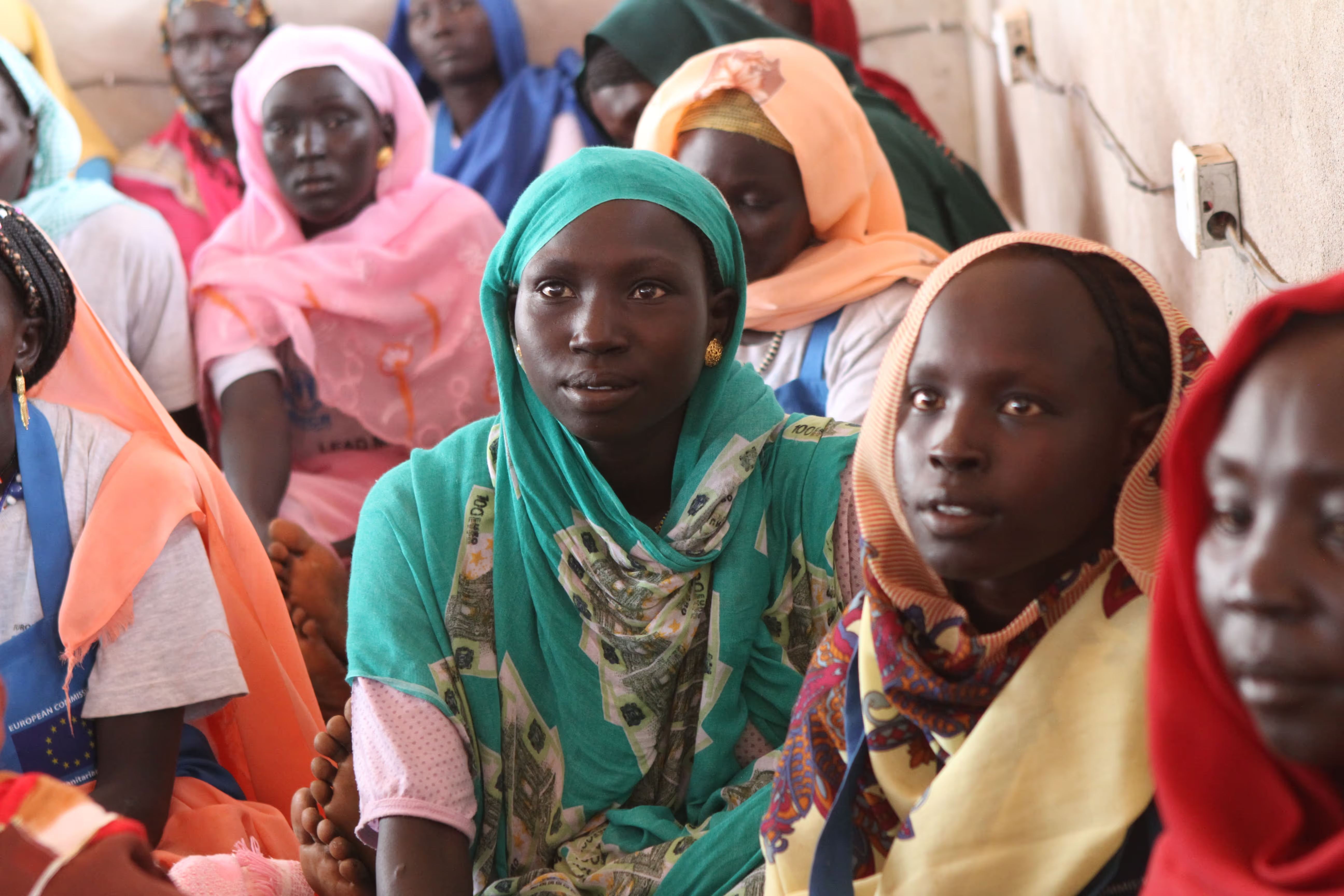Overcoming challenges to accessing quality post abortion care in humanitarian crises

Project overview
This research sought to understand the factors that influence access to, use and provision of post-abortion care (PAC) services in two humanitarian settings and will provide guidance on how humanitarian actors can improve PAC programming.
Countries
South Sudan
Organisations
Columbia University
Partners
International Medical Corps, UK
Area of funding
Humanitarian Research
Grant amount
£490,286
Start date
01
September
2017
End date
01
December
2020
Project length (in months)
39
Funding calls
Focus areas
No items found.
Topics
Sexual and Reproductive Health
Status
Closed
Project solution
This project offers [specific solution or intervention] to tackle [challenge]. By implementing [strategies, tools, or innovations], the project aims to achieve [desired outcomes]. The approach is designed to [specific actions or methods] to bring about meaningful change in [community, region, or issue area].
Expected outcomes
This project aims to achieve [specific outcomes], such as [measurable results, improvements, or changes]. The expected impact includes [benefits to the target community, advancements in research or innovation, or long-term effects]. By the end of the project, we anticipate [specific changes or milestones] that will contribute to [broader goals or objectives].
No items found.
Principal Investigator: Sara Casey, Columbia University
RESEARCH SNAPSHOT: ATTENTION IS NEEDED TO PROVIDE GOOD QUALITY POST-ABORTION CARE SERVICES
Post-abortion care (PAC) is a critical life-saving intervention that is often severely lacking in humanitarian settings. Humanitarian health actors should support health workers to provide PAC, including post-abortion contraception. Despite widespread abortion stigma, community attitudes are complex and our study showed a clear opening to address community attitudes and stigma that prevent women from seeking PAC.
[.cta_link]View[.cta_link]
WHAT DID THIS STUDY SET OUT TO ACHIEVE?
Unsafe abortion is a major cause of maternal mortality in humanitarian settings. Post-abortion care (PAC) is a life-saving intervention that includes treatment of complications of spontaneous and unsafe abortion, counselling to identify and respond to a woman's health needs and the provision of contraception and other sexual and reproductive health (SRH) services. However, PAC services are only sporadically available in humanitarian settings. Furthermore, stigma and misconceptions about PAC and abortion among communities, health care providers and program staff inhibit women's and girls' access to and utilization of PAC services.
This research sought to build the evidence base on effective strategies for providing PAC in humanitarian settings. A mixed methods study was conducted to understand the factors that influence access to, use and provision of PAC services in South Sudan and one other location. These two country sites were selected to provide evidence from diverse settings with different cultures and religions, including demand-side barriers to service utilisation and community perceptions of abortion that can be used to improve abortion-related programming guidance.
WHAT WERE THE KEY FINDINGS?
Service provision
- Only two of five health facilities had adequate skilled staff, supplies and equipment to provide PAC (one in each country).
- Nurses and midwives reported limited training and mixed attitudes towards abortion and PAC.
- Few clients received post-abortion contraceptive counseling despite interest in birth spacing. The registers had no data on post-abortion contraceptive acceptance.
- Clients were mostly satisfied with quality of care but reported some key gaps related to pain management, information provision, respectful care and contraceptive counselling.
Community perceptions
- Initial responses to induced abortion were negative. Women who induce may be mistreated or abused and face family or social exclusion.
- Reactions became more nuanced as participants discussed the specific reasons for abortion. Participants described circumstances under which induced abortion was more understandable, including if the woman's life was in danger, if the woman or couple could not financially support a child or if the woman was too young to have a child.
- Community members in both countries expressed strong support for women to seek PAC in case of complications, although they said that stigma and shame would prevent women from seeking care.
These findings are being integrated into capacity building activities and service provision by IMC, aiming to improve PAC services in the study sites.
WHAT DOES THIS MEAN FOR POLICYMAKERS AND PRACTITIONERS?
The study offers the following recommendations for practitioners and policymakers concerned with the provision of PAC services.
Service provision
- Provide ongoing support to integrate good quality contraceptive services into PAC.
- Strengthen clinical skills of PAC providers through competency-based training, including pain management and post-abortion contraception.
- Address negative health worker attitudes through values clarification and attitude transformation (VCAT) activities to ensure respectful care for all PAC clients.
- Ensure registers collect data crucial to monitoring PAC, including post-abortion contraceptive use.
- Review with relevant Ministries of Health national PAC guidelines and ensure they are based on WHO guidance.
Community perceptions
- Engage community members to reduce abortion stigma that prevents women from seeking PAC. Attitudes toward women who induce abortion are nuanced and complex even in places with restrictive abortion laws.
- Engage with communities to improve PAC care seeking after abortion. An overwhelming majority of participants believed that women who induced abortion should have access to PAC, even if they disagreed with the woman's action. It is critical to explore beyond the initial negative attitudes to ensure women who have abortions access life-saving PAC.
NEXT STEPS
The study team plans to publish three articles on the two country settings and the combined results. In-country dissemination workshops have been held, and the team intend to present at the next IAWG meeting in 2022.
No items found.
Project delivery & updates
Stay up to date with the latest developments from this project. Here, you will find details on what has been delivered, resources created, and regular updates as the project progresses. Access key documents, reports, and other materials to see how the project is making an impact.
No resources/updates have been published yet for this project. Sign up for our newsletter to stay informed about upcoming publications and updates!
Join our Newsletter
Resources
Barriers and Facilitators of Access to and Use of Post-abortion Care Services in Refugee & Protection of Civilian Camps, South Sudan
Research brief
LEARN MORECommunity perceptions of the impact of war on unintended pregnancy and induced abortion in Protection of Civilian sites in Juba, South Sudan
Journal article
LEARN MORELatest updates
No items found.



